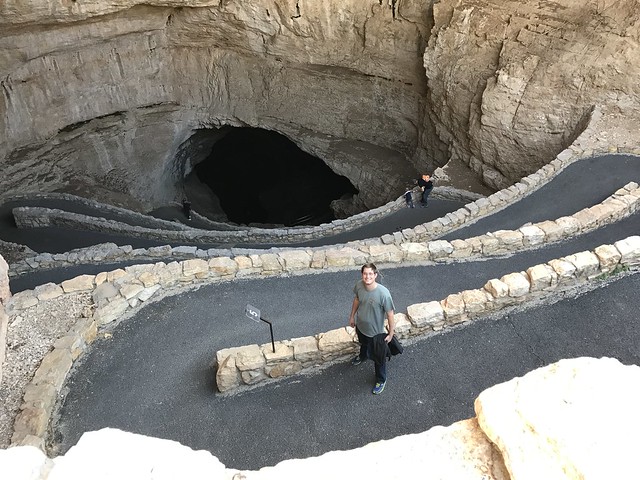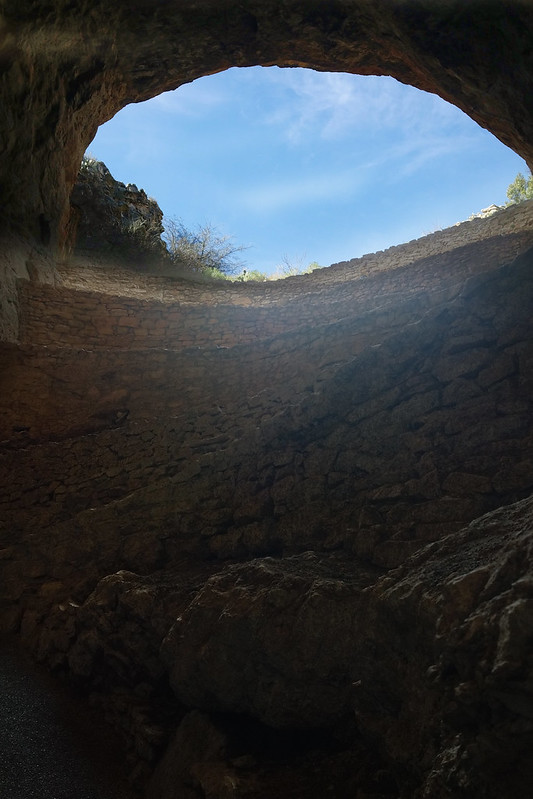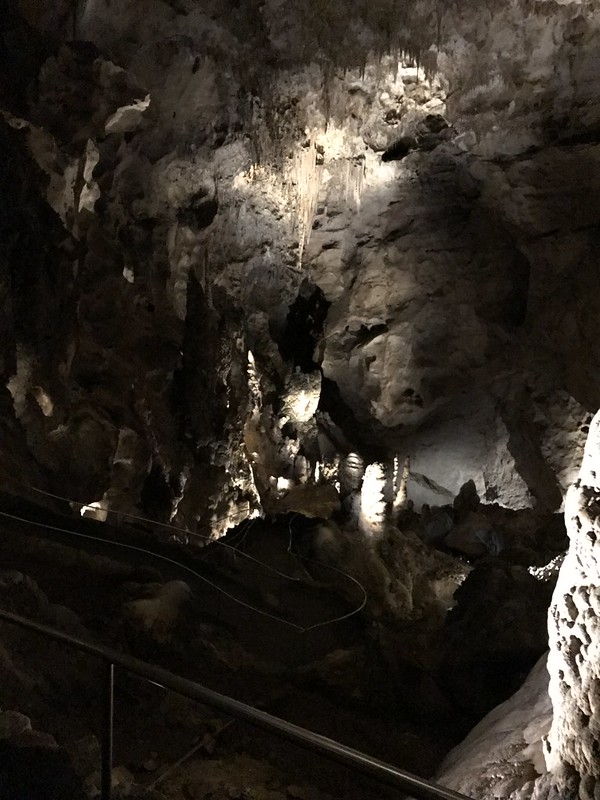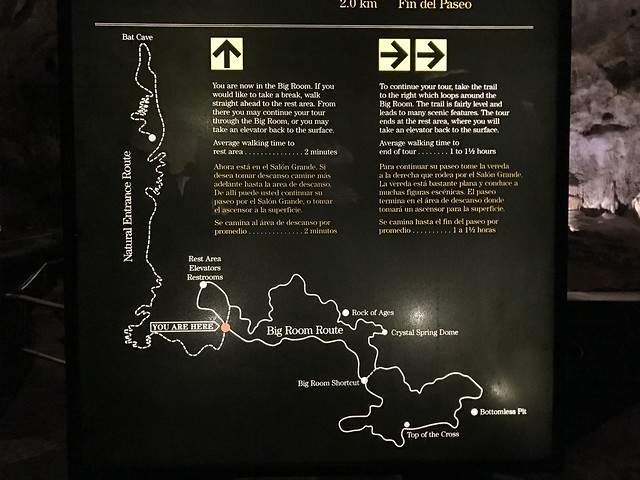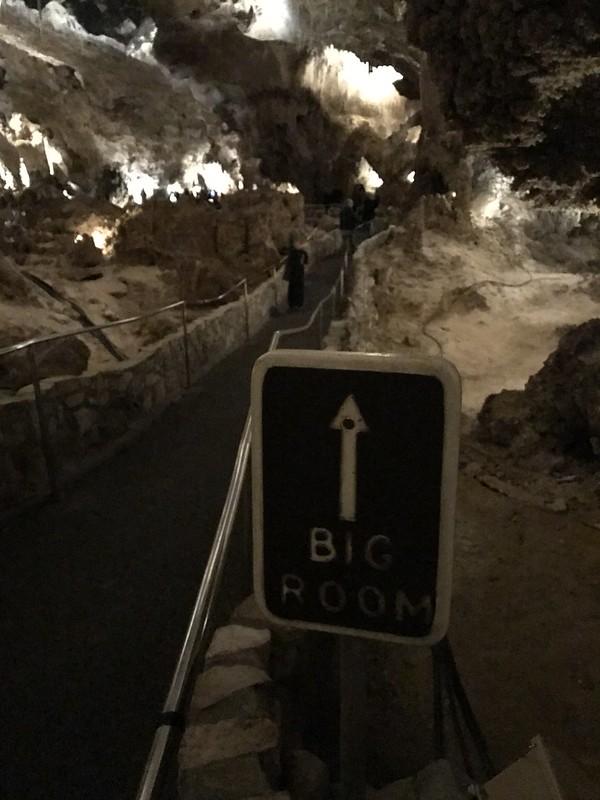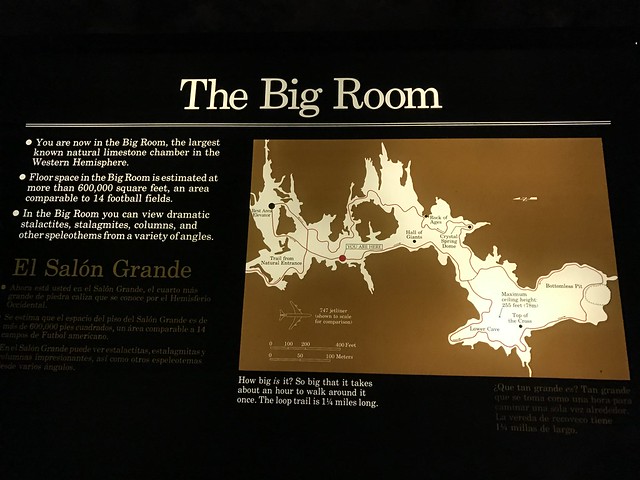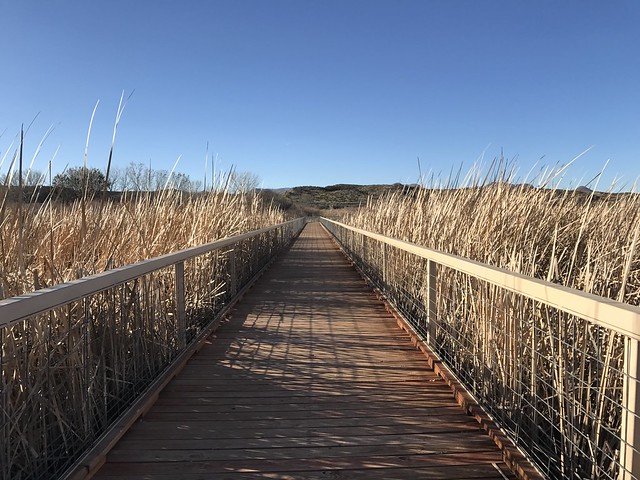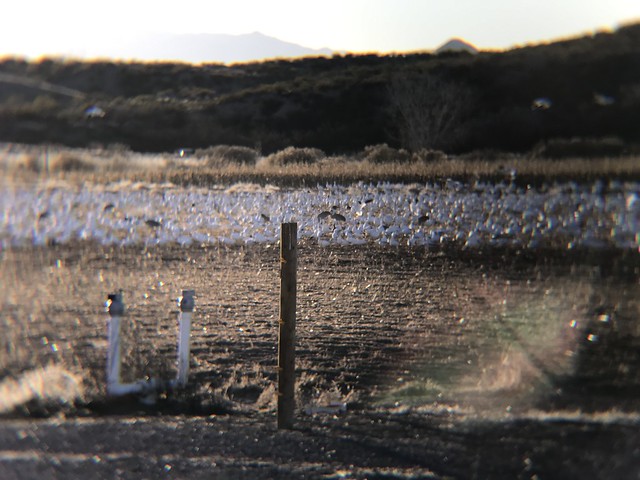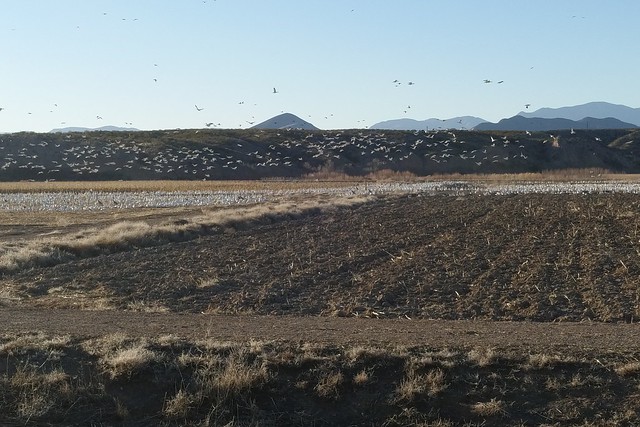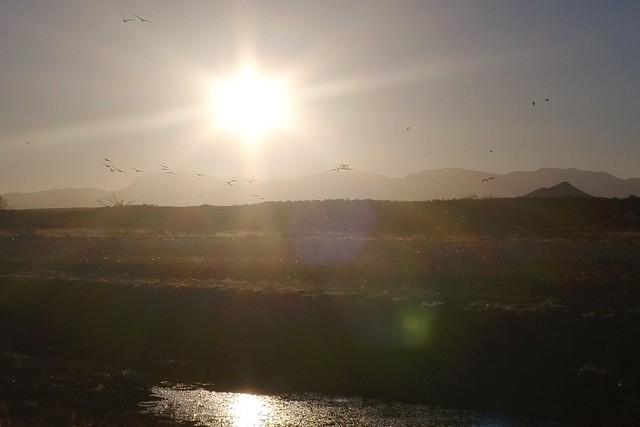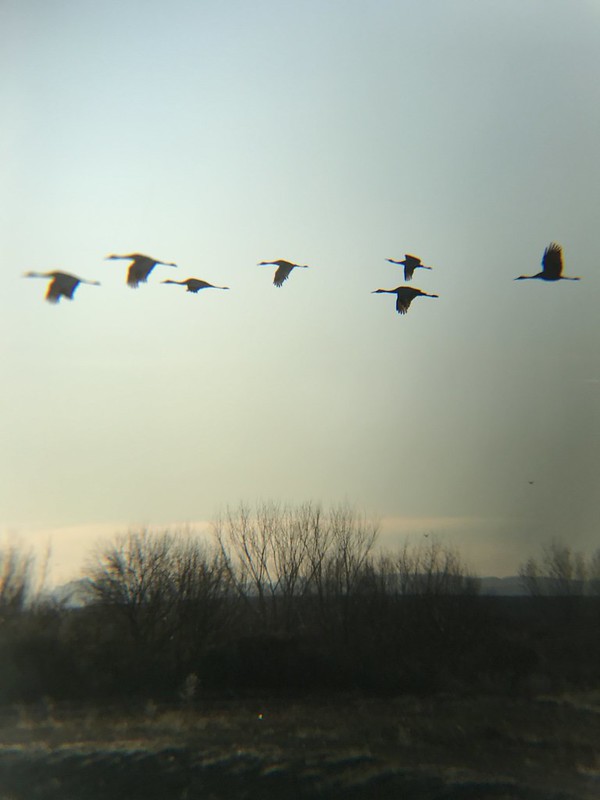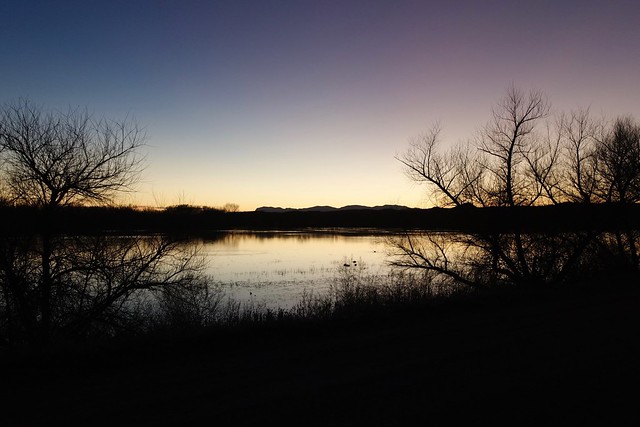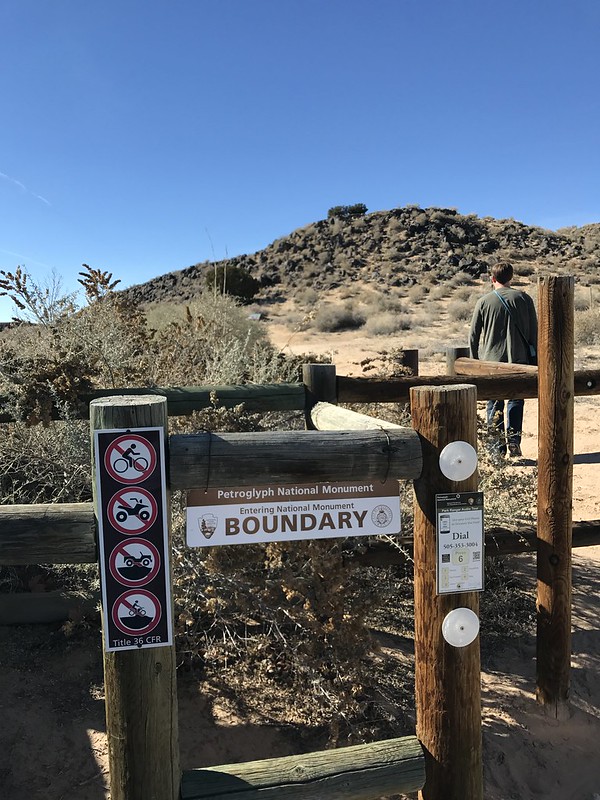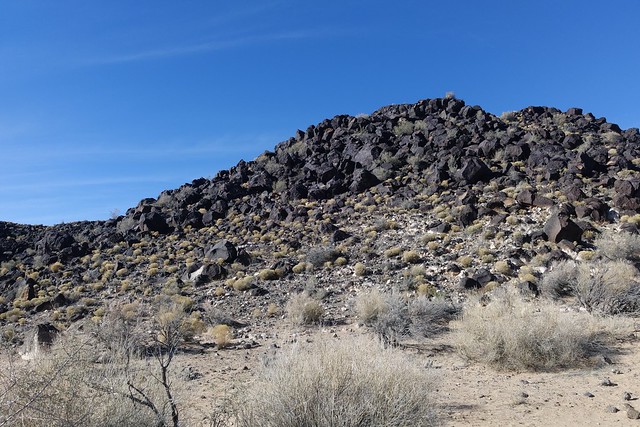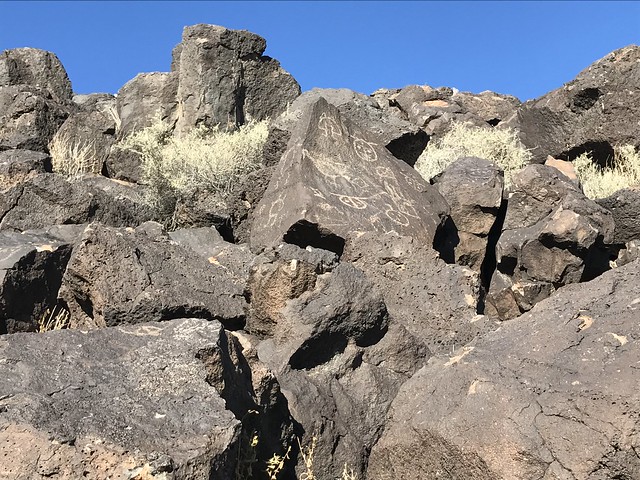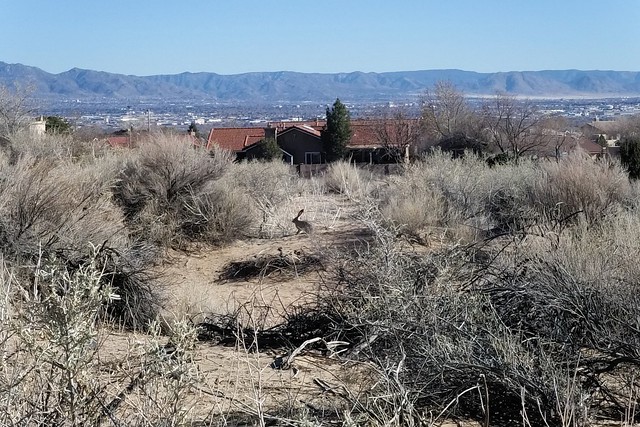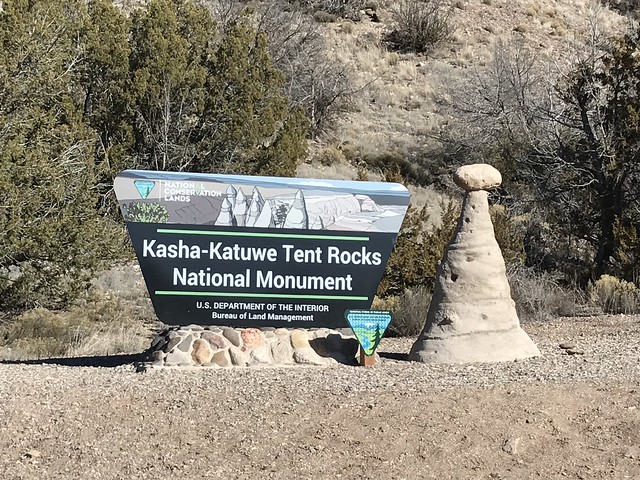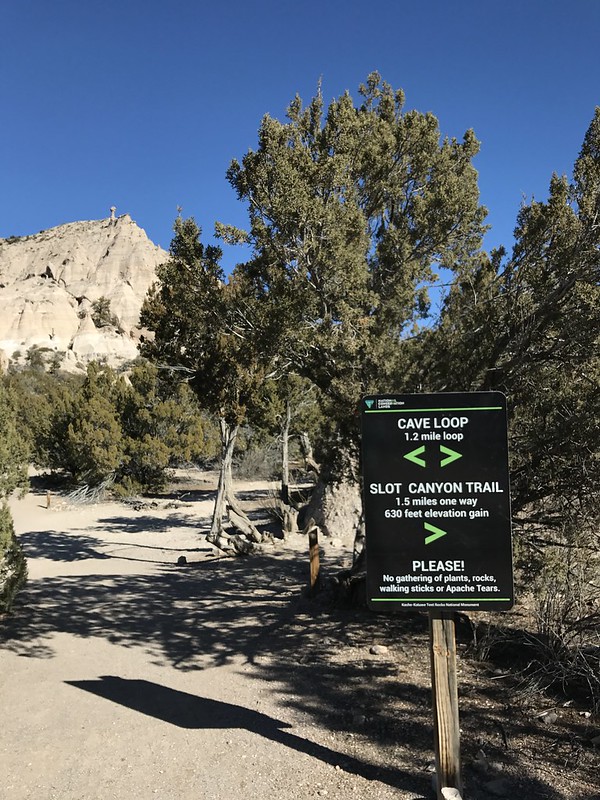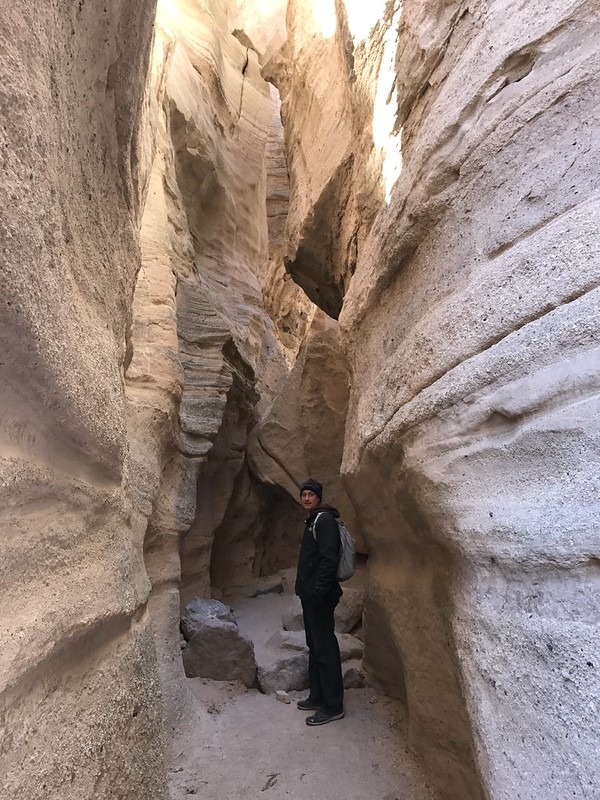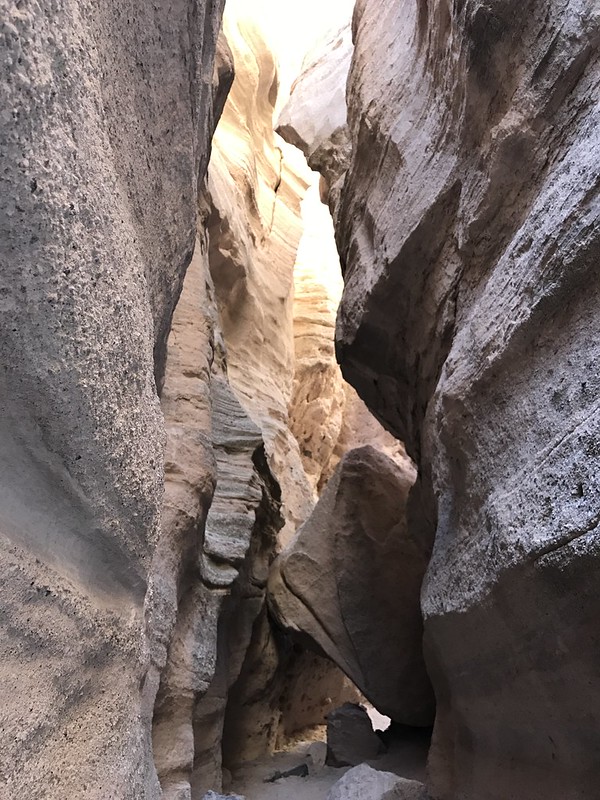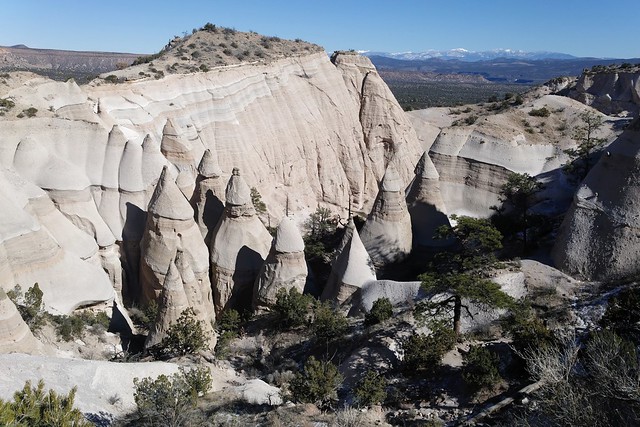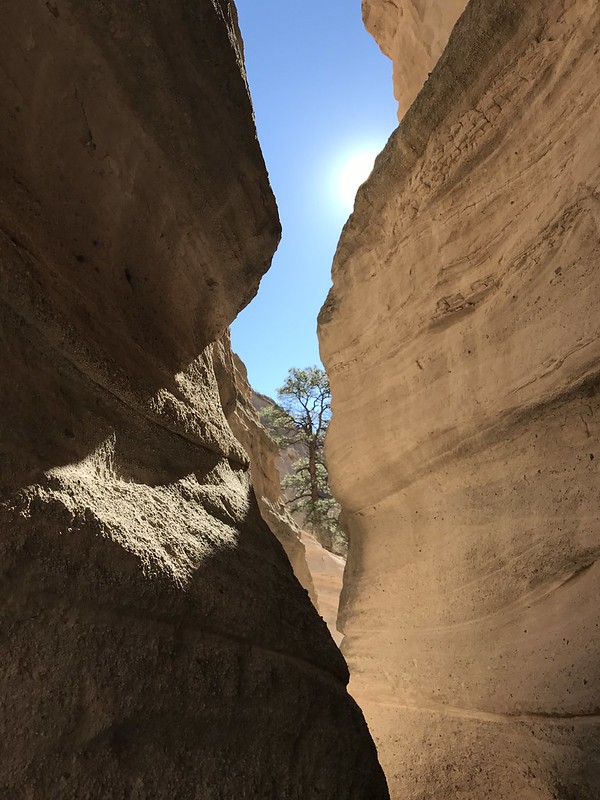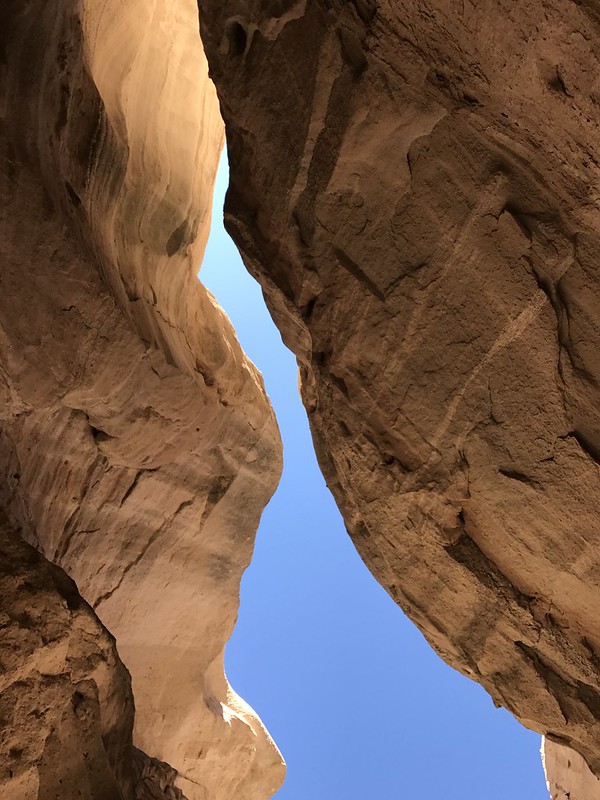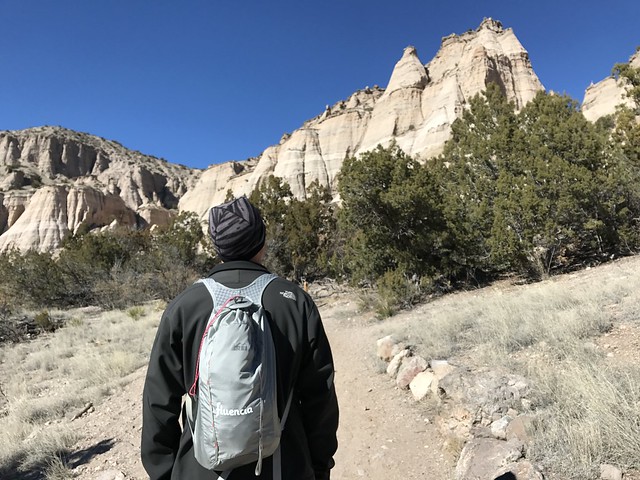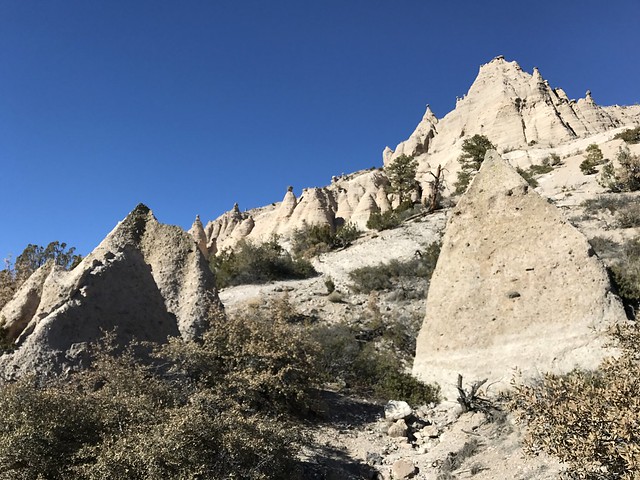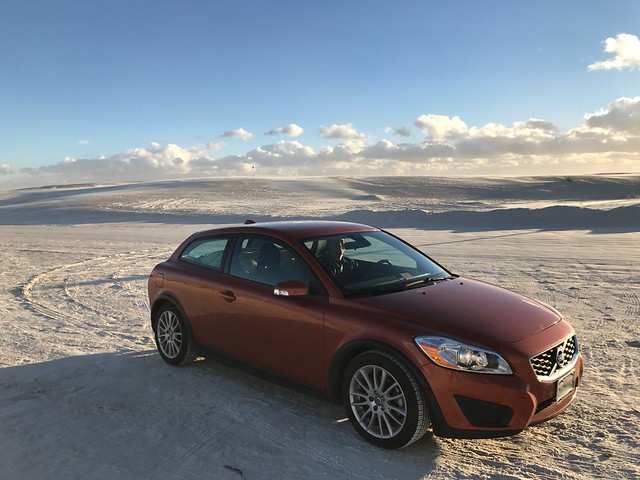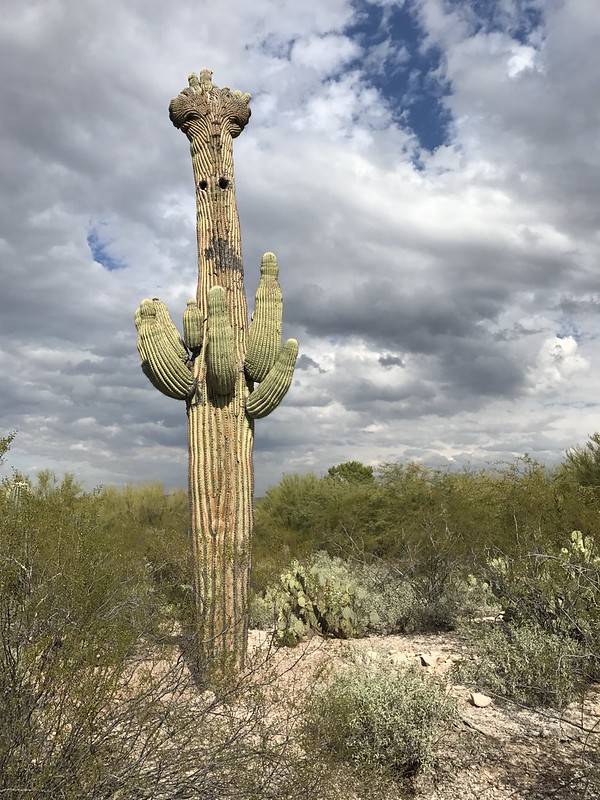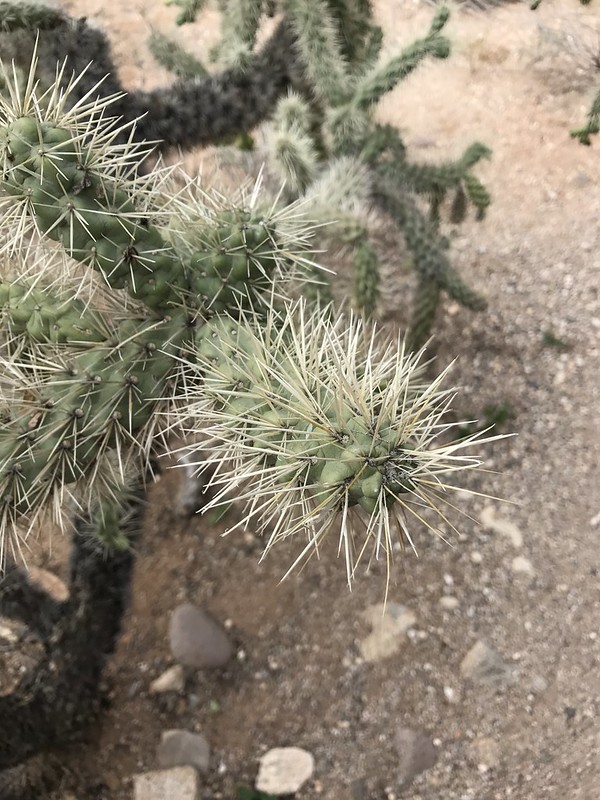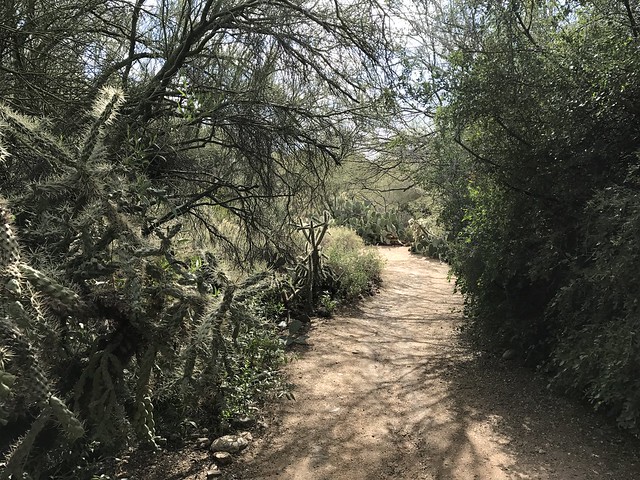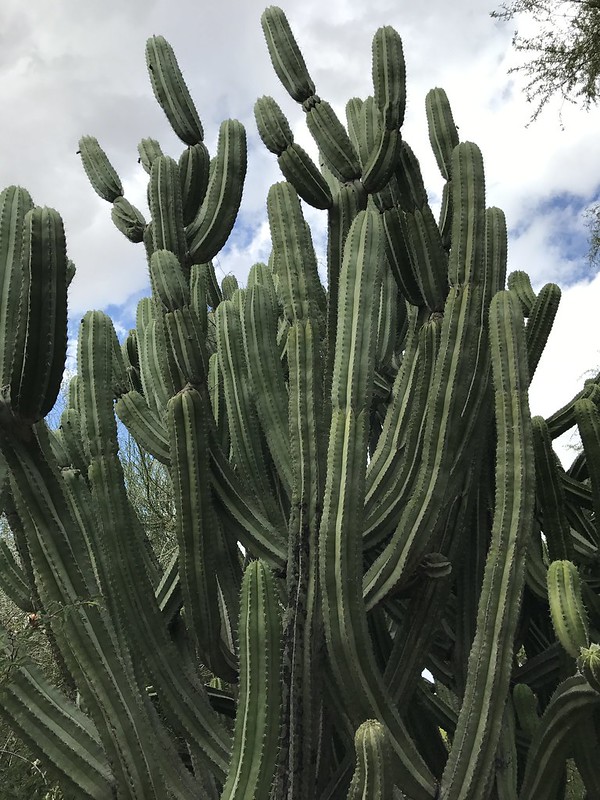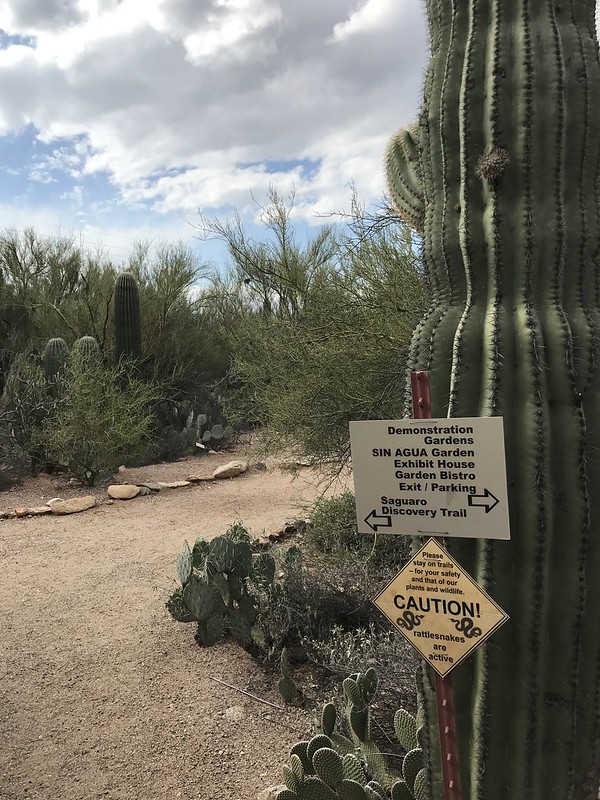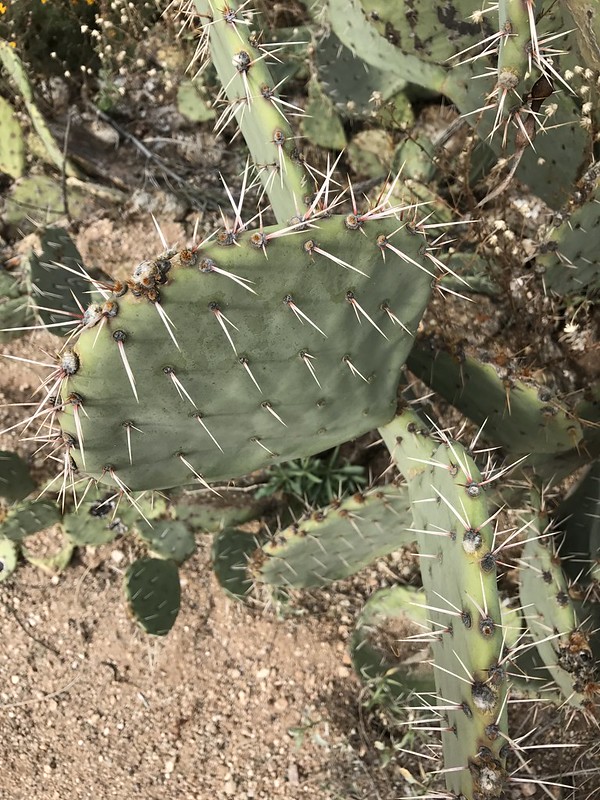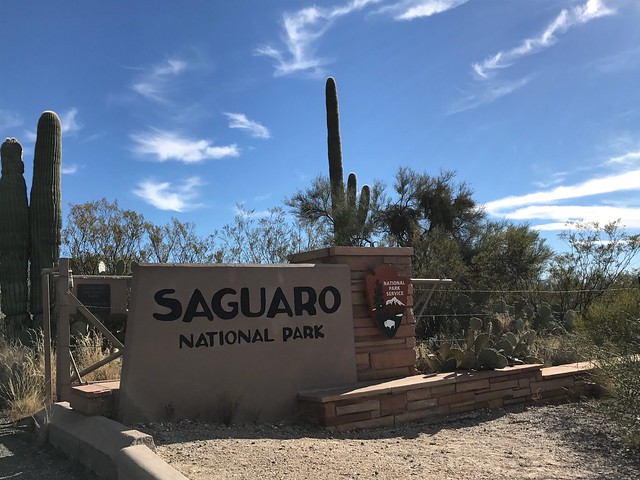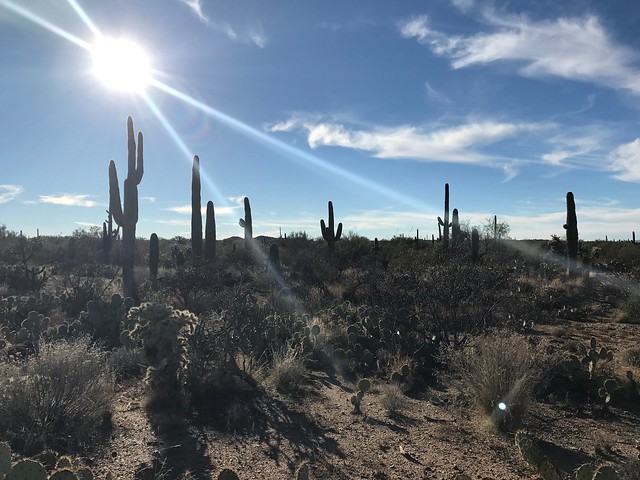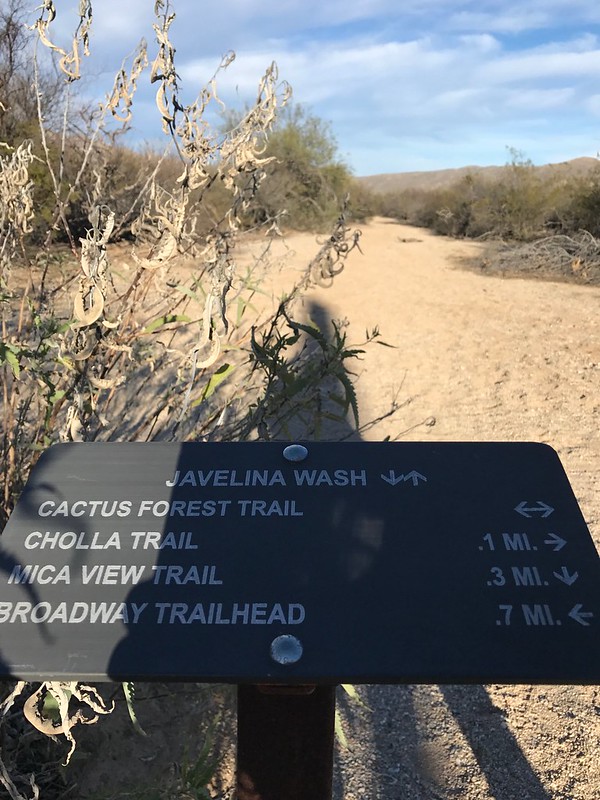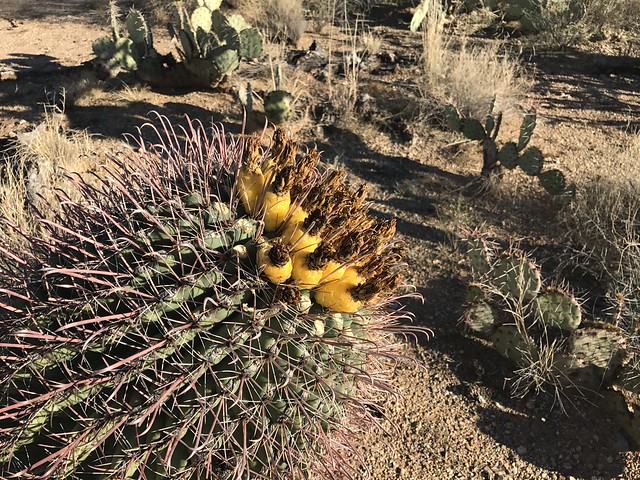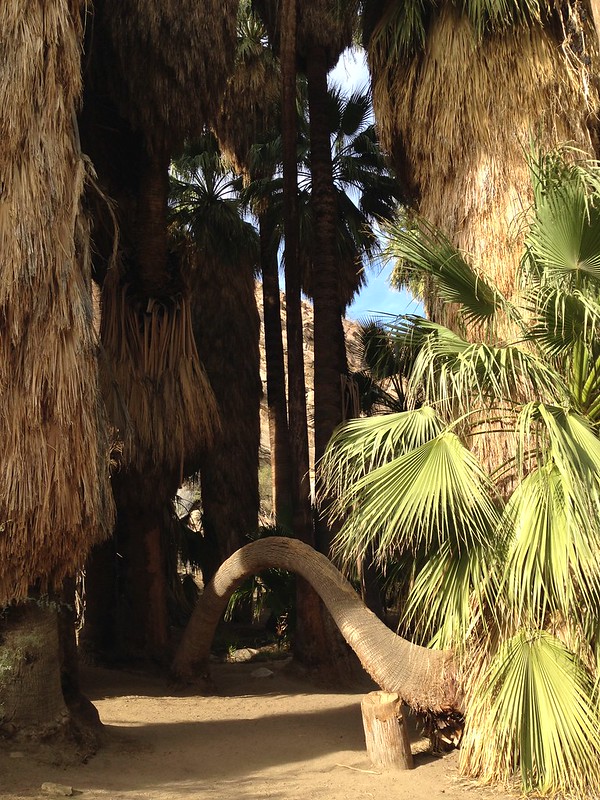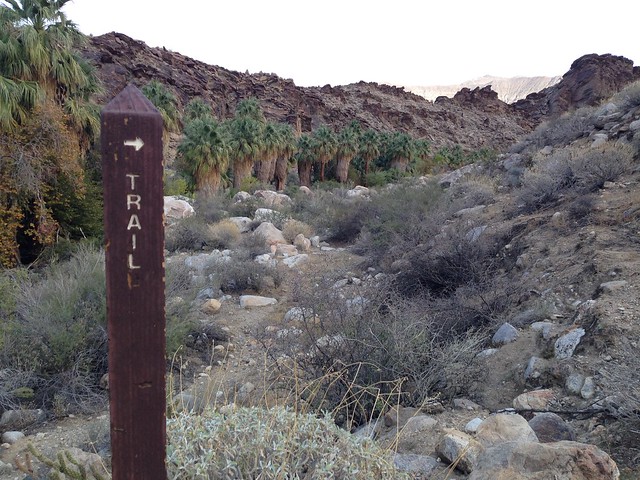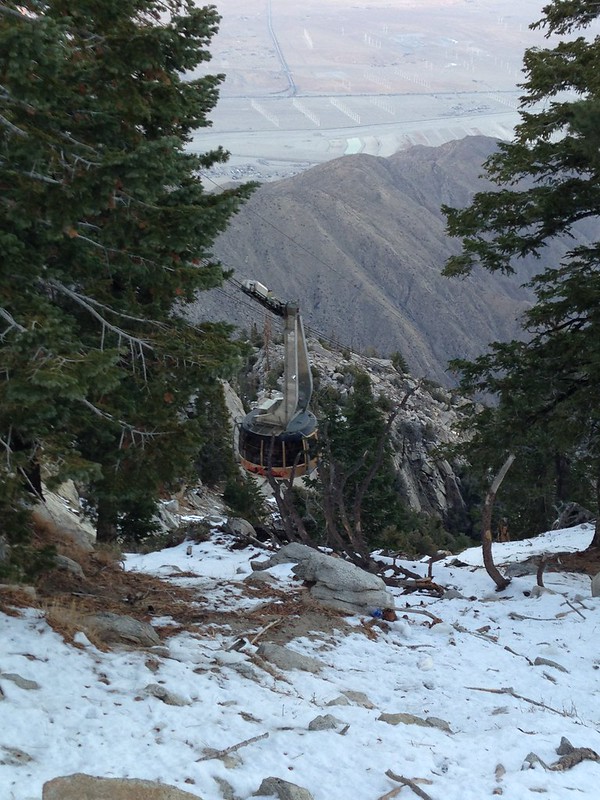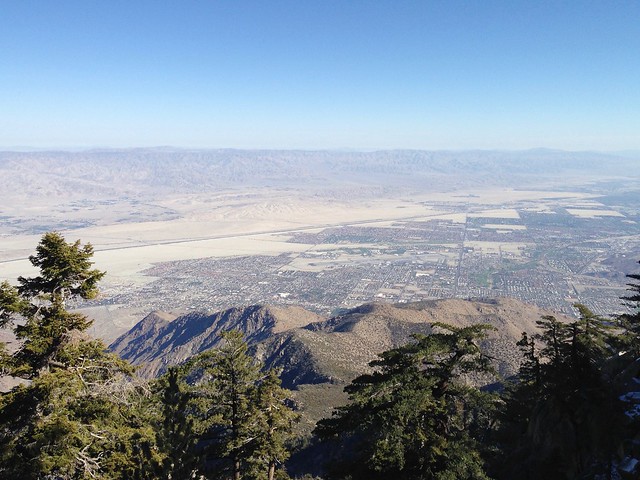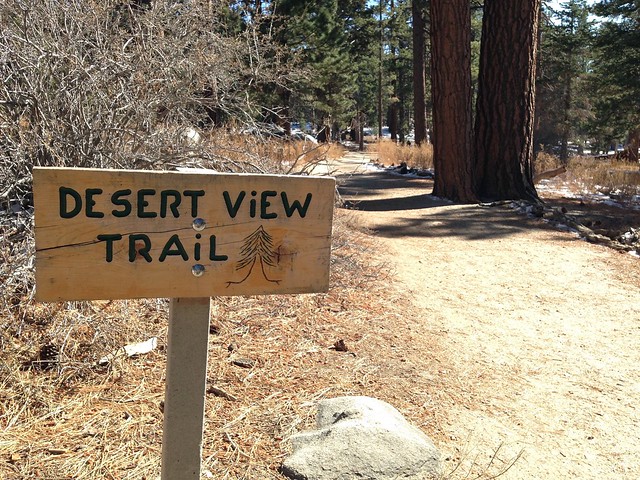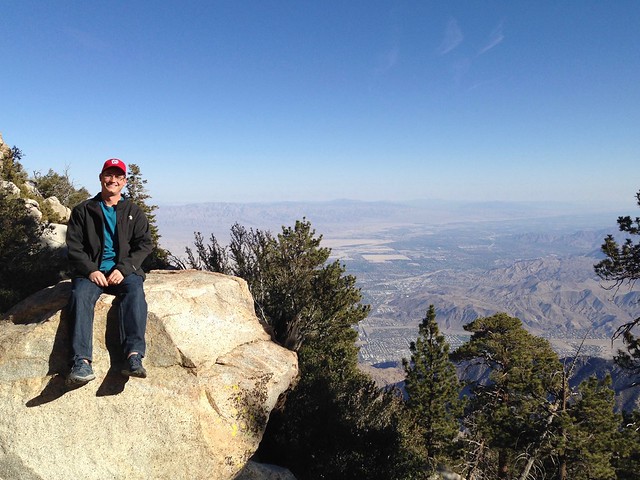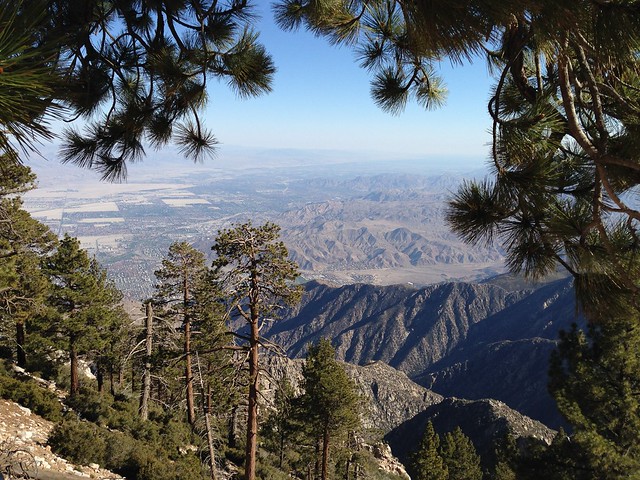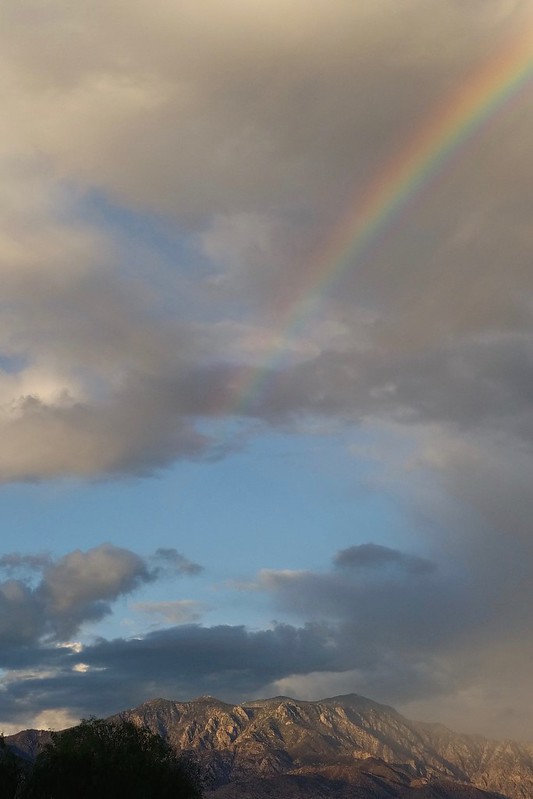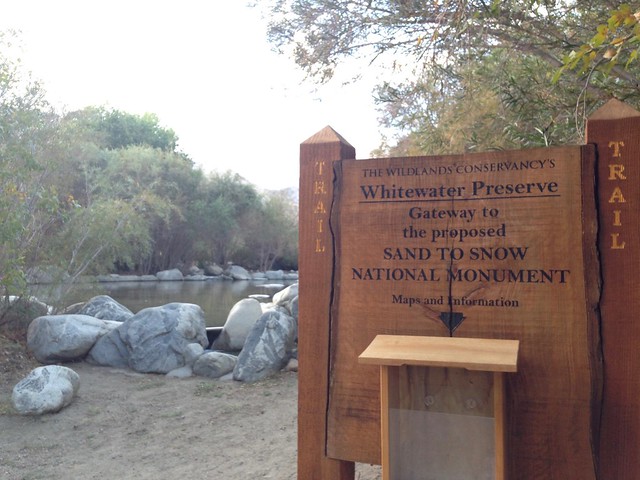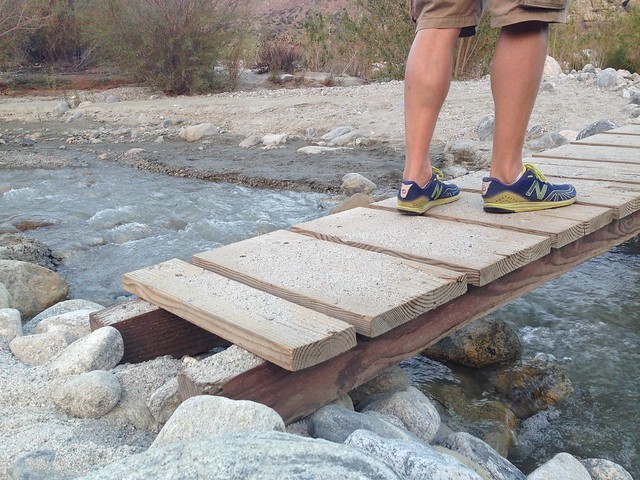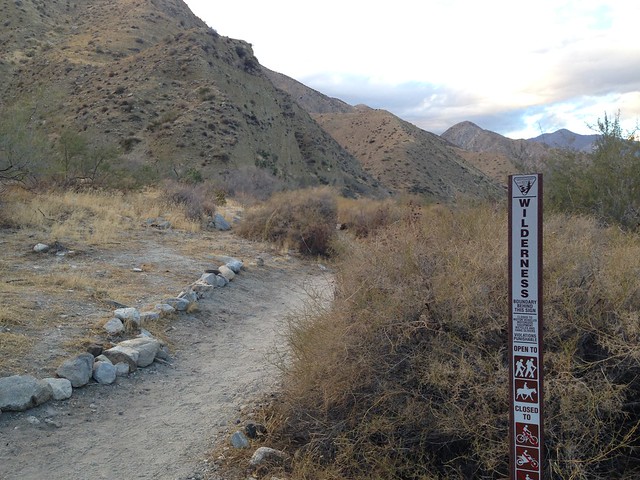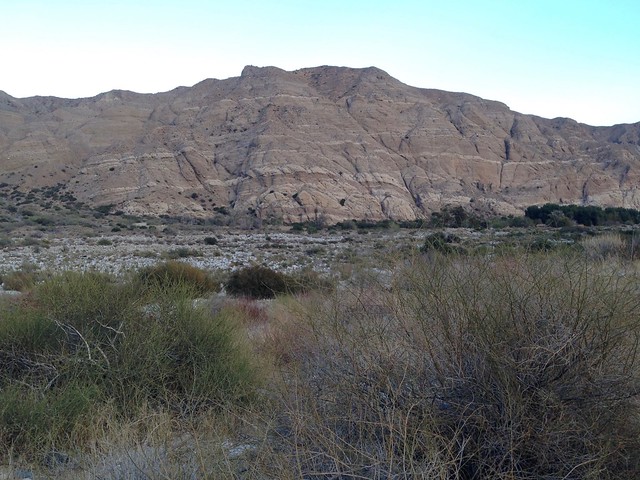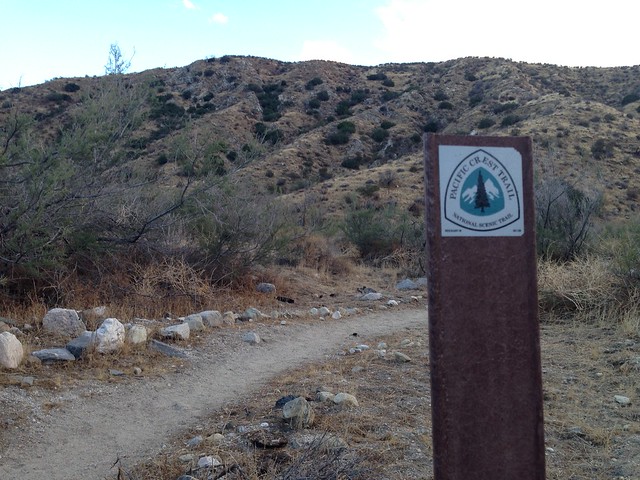We approached the ticket counter to ask about guided cave tours—sold out. But the park ranger said we could do the self-guided tour. We could take the elevator or the Natural Entrance. “But you’ll take the Natural Entrance. Nothing’s wrong with you. You’ll do it.” “Um…ok” I responded to the park ranger as he caught me eyeing the elevator down to the caves. (I mean, they have built them for a reason, yes?)
The Natural Entrance trail is 1.25 miles long and takes you 750 feet below ground—if that doesn’t mean much, let me give you one word to sum it up: STEEP! Also dark, and slippery in places. This trail has warning signs! Before you even start!
But that gruff old ranger was on to something—the Natural Entrance trail is breathtaking (ha!), and without walking down those steep switchbacks, I don’t think I would have appreciated just how deep underground we went. You can see the trail disappear into the darkness way below you, and then when you finally reach that spot, you discover it disappears into another abyss. Do you see the handrails in the photos below? Try to follow them down, down, down along the trail.
These aren’t the best photos we’ve ever taken (it’s really dark down there!), but hopefully they give you an idea of the scale of these caverns. They are massive!
The Natural Entrance trail takes you through lots of different caves, until finally opening up at The Big Room—which is about 8 acres! There’s a mile-long loop trail inside that takes you past all sorts of stalactites, stalagmites, shallow pools, columns, curtains, and bottomless pits.
This place is so large, there’s even a gift shop and cafeteria—underground!
Do you have the Fraggle Rock theme song stuck in your head now, or is that just me?

